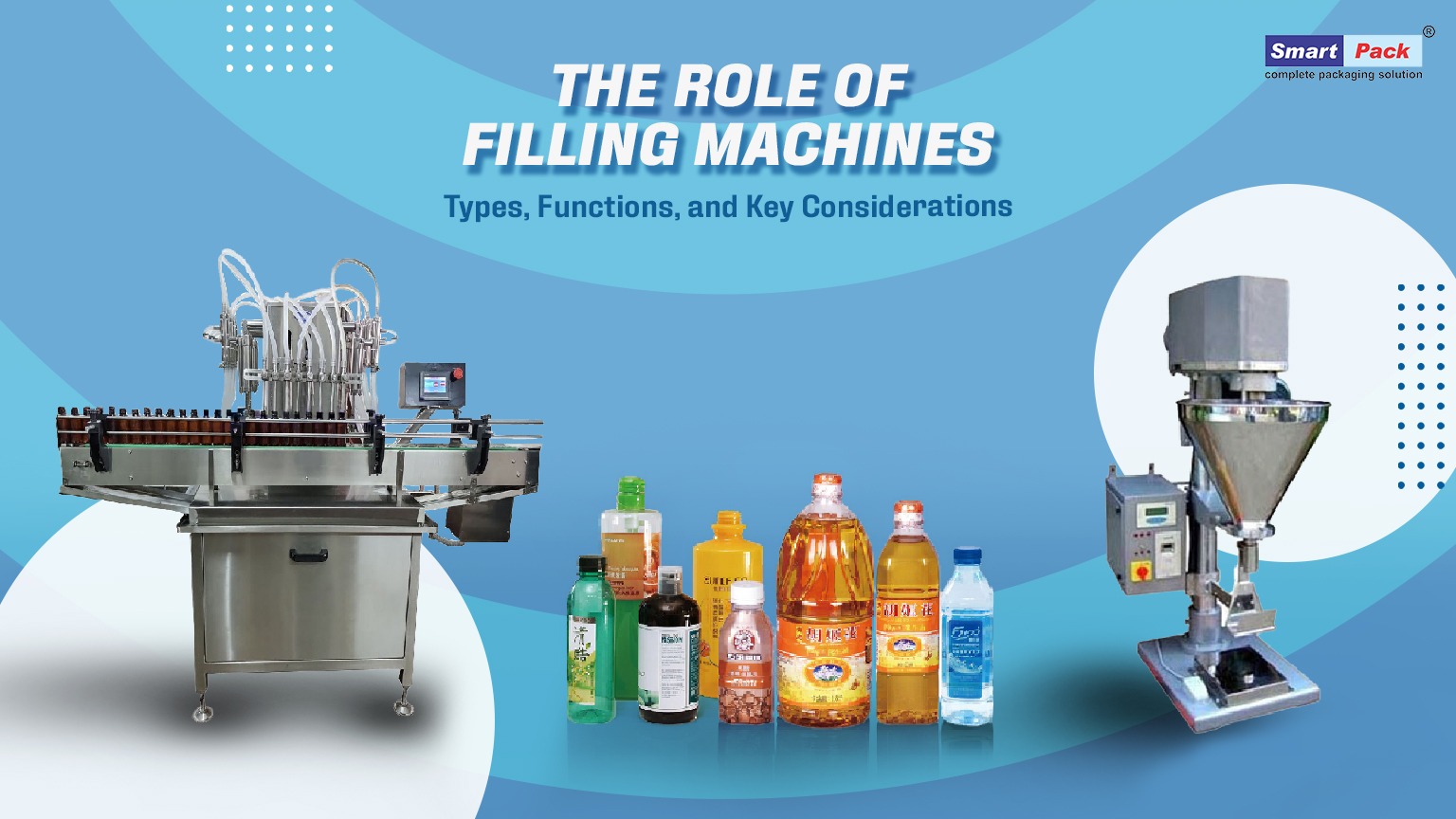Introduction
Filling machines play a pivotal role in various industries by automating the process of filling containers with different types of substances, ranging from liquids and powders to pastes and creams. These machines offer efficiency, accuracy, and consistency, making them indispensable in the packaging industry. In this article, we will explore the types and functions of filling machines, along with key considerations for their introduction.
Types of Filling Machines
- Liquid Filling Machines: Liquid filling machines are designed to precisely fill containers with liquids, such as beverages, oils, cleaning agents, and pharmaceutical solutions. They utilize mechanisms such as piston fillers, overflow fillers, or gravity fillers to control the amount of liquid dispensed. These machines ensure filling accuracy and speed while minimizing product waste.
- Powder Filling Machines: Auger powder filling machines are commonly used to fill containers with powdered substances like spices, flour, pharmaceutical powders, and detergent powders. These machines employ an auger screw mechanism to measure and dispense precise amounts of powder into containers. They provide excellent filling accuracy and can handle various container sizes.
- Paste Filling Machines: Paste filling machines are specifically designed to fill containers with viscous substances such as creams, gels, sauces, and adhesives. They use piston fillers or gear pumps to control the flow of paste into containers. Paste filling machines ensure consistent filling of containers, even with products of varying viscosities.
- Tube Filling Machines: Tube filling machines are utilized for filling and sealing various types of tubes, including those used for cosmetics, pharmaceuticals, and food products. These machines automate the process of filling tubes with creams, ointments, gels, or lotions, and ensure accurate and hygienic packaging.
- Beverage Filling Machines: Beverage filling machines are specialized for filling containers with carbonated and non-carbonated beverages, such as soft drinks, juices, water, and alcoholic beverages. They employ different mechanisms, including pressure or vacuum filling, to ensure precise filling levels, carbonation control, and sealing integrity.
Functions and Benefits of Filling Machines
- Filling Accuracy: Filling machines offer high precision and accuracy in filling containers, ensuring consistent product volumes and reducing waste. The use of advanced technologies and control systems allows for precise measurement and adjustment of filling parameters.
- Filling Speed: Filling machines can operate at high speeds, increasing productivity and throughput in packaging operations. Automatic filling machines can handle a large number of containers per minute, significantly improving production efficiency.
- Quality Control: Filling machines incorporate quality control mechanisms, such as sensors and feedback systems, to detect and rectify filling inconsistencies. These features help maintain product quality and ensure compliance with industry standards and regulations.
- Versatility: Filling machines are adaptable to a wide range of container sizes, shapes, and materials. They can accommodate bottles, jars, tubes, pouches, and other packaging formats, offering flexibility for different product packaging requirements.
- Packaging Integration: Filling machines can be seamlessly integrated into packaging lines, working in conjunction with capping machines, labeling machines, and other equipment. This integration streamlines the packaging process, reducing labor requirements and improving overall efficiency.
Points for Introduction
When introducing a filling machine into a production line, several factors should be considered:
- Production Requirements: Assess the required production capacity, filling speed, and the types of products to be filled. This evaluation will help determine the appropriate machine size, specifications, and features needed to meet production demands.
- Filling Accuracy: Consider the desired level of filling accuracy based on the product’s characteristics and packaging requirements. Evaluate the filling machine’s capability to meet the desired accuracy standards, ensuring consistent product volumes.
- Product Compatibility: Ensure that the filling machine is compatible with the specific product and packaging material. Different types of products may require specialized filling mechanisms or material considerations to prevent contamination or product damage.
- Maintenance and Support: Evaluate the availability of spare parts, technical support, and maintenance requirements for the filling machine. Opt for machines from reputable manufacturers that offer reliable customer service and ongoing support.
- Cost Considerations: Determine the budget for acquiring a filling machine and assess the long-term return on investment. Consider factors such as machine cost, operating expenses, and potential savings in labor and material costs.

